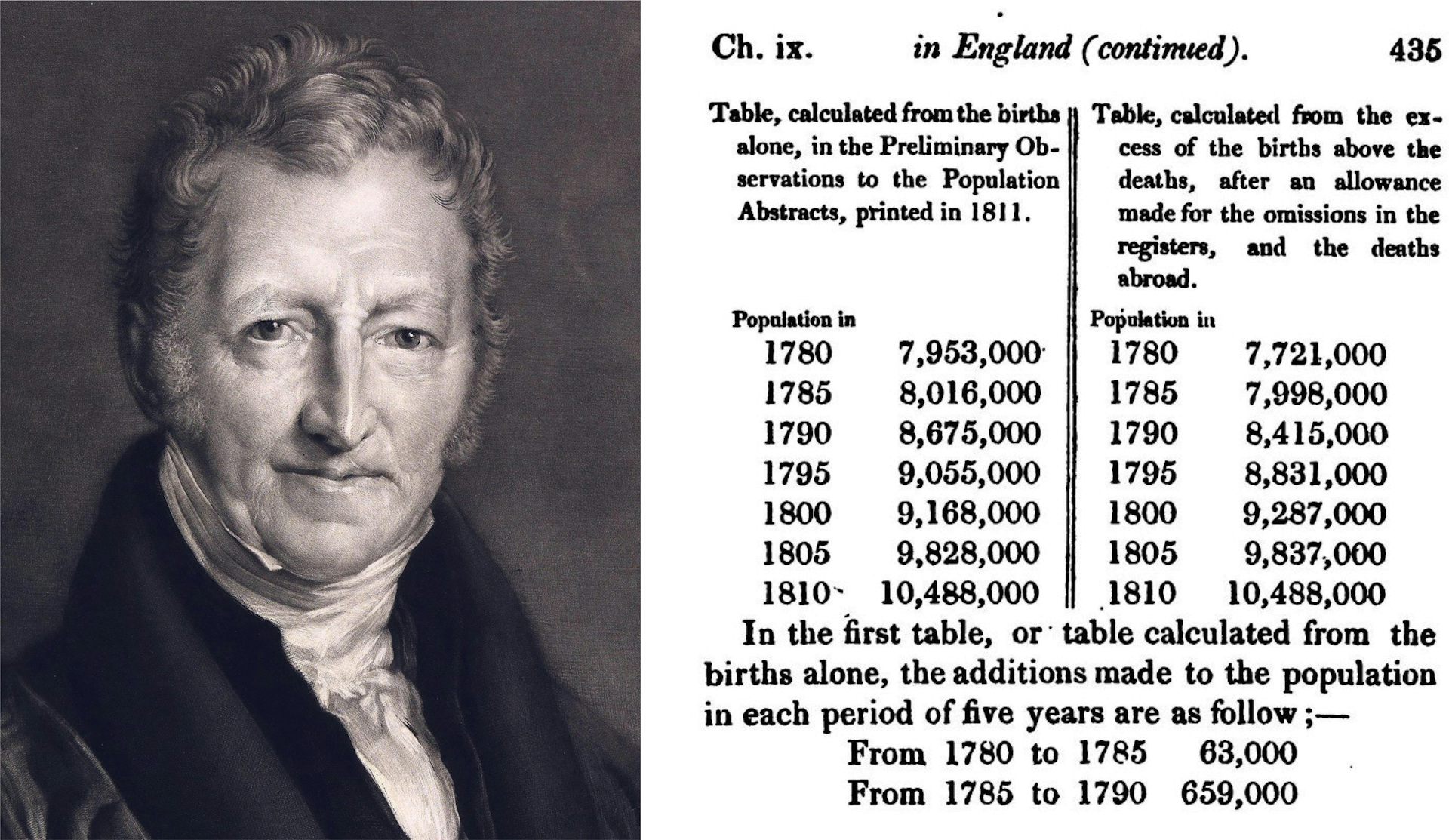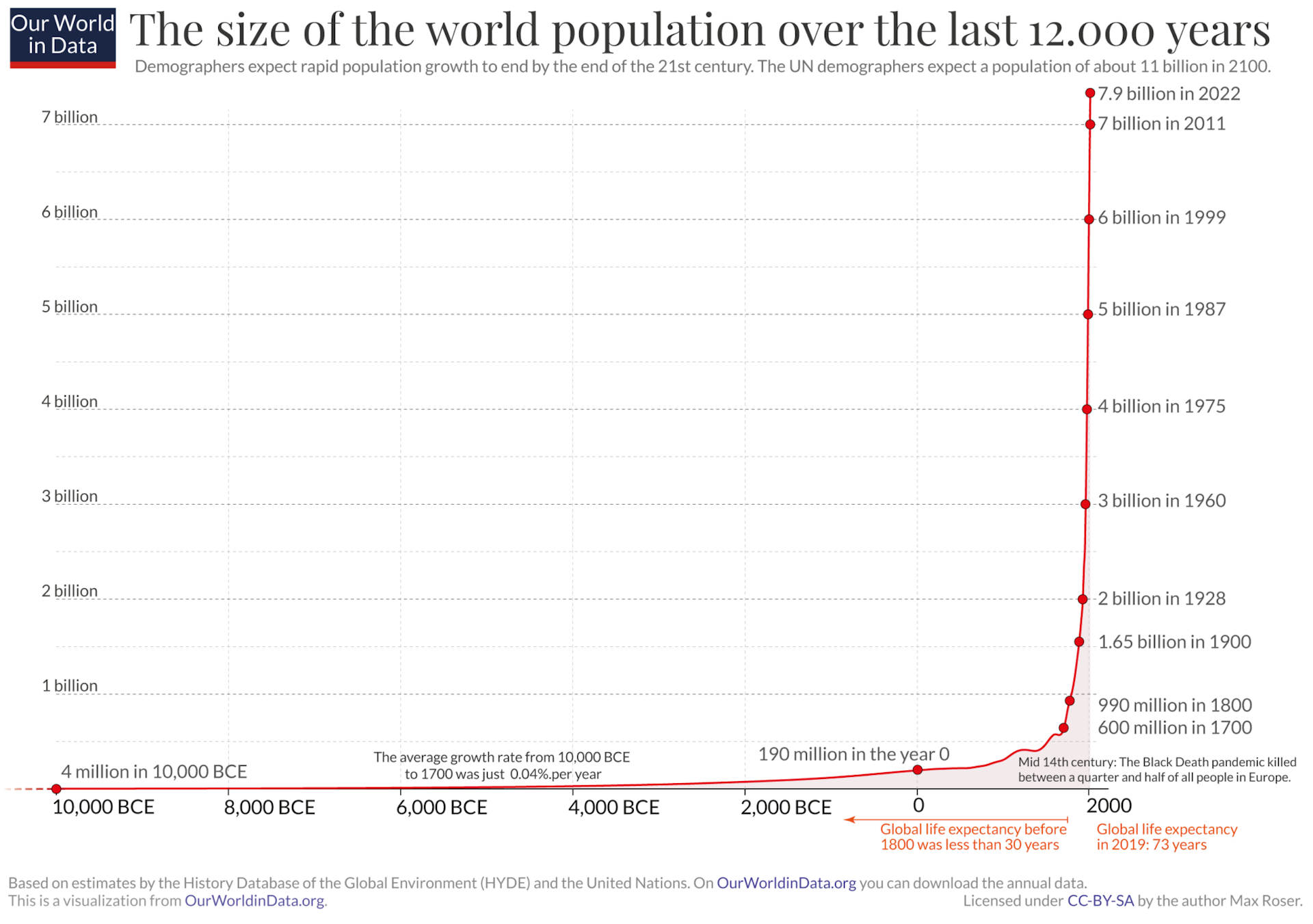This is the first of three blog posts dealing with human evolution, reprinted from The Conversation under a Creative Commons licence and reformatted for stylistic consistency.
A few days ago, sometime during November 15th 2022, the human population of Earth exceeded 8 billion. In the following article by Professor Matthew Wills, Professor of Evolutionary Palaeobiology at the Milner Centre for Evolution, University of Bath, UK, explains how our large brains and complex social structures allowed this to happen.
Cultural or memetic evolution is of course closely analogous to genetic evolution, so human evolution can be seen as the result of gene-meme co-evolution, with cooperation and the evolution of social ethics being an important part of our success, enabling us to create organised urban societies and nation states having evolved sets of ethics in common.
Professor Wills' original article can be read here:

8 billion people: how evolution made it happen

One in 8 billion.
Credit: oneinchpunch/Shutterstock
Matthew Wills, University of Bath
November 15 2022 marks a milestone for our species, as the global population hits 8 billion. Just 70 years ago, within a human lifetime, there were only 2.5 billion of us. In AD1, fewer than one-third of a billion. So how have we been so successful?
Humans are not especially fast, strong or agile. Our senses are rather poor, even in comparison to domestic livestock and pets. Instead, large brains and the complex social structures they underpin are the secrets of our success. They have allowed us to change the rules of the evolutionary game that governs the fate of most species, enabling us to shape the environment in our favour.
But there have been many unintended consequences, and now we have raised the stakes so high that human-driven climate change has put millions of species at risk of extinction.

The golden toad (Incilius periglenes) is an extinct amphibian that was once abundant in a small area north of Monteverde, Costa Rica. Amphibians have extremely high rates of extinction in response to climate change and habitat fragmentation.
Legend has it the king of Chemakasherri, which is in modern day India, loved to play chess and challenged a travelling priest to a game. The king asked him what prize he would like if he won. The priest only wanted some rice. But this rice had to be counted in a precise way, with a single grain on the first square of the board, two on the second, four on the third, and so on. This seemed reasonable, and the wager was set.

A chessboard with each square containing twice the number of rice grains as the one before. K = a thousand, M = a million, G = a billion.
The king learned about exponential growth the hard way.
In the beginning
Our genus – Homo – had modest beginnings at square one around 2.3 million years ago. We originated in tiny, fragmented populations along the east African rift valley. Genetic and fossil evidence suggests Homo sapiens and our cousins the Neanderthals evolved from a common ancestor, possibly Homo heidelbergensis . Homo heidelbergensis had a brain slightly smaller than modern humans. Neanderthals had larger brains than us, but the regions devoted to thinking and social interactions were less well developed.
When Homo heidelbergensis started travelling more widely, populations started to change from one another. The African lineage led to Homo sapiens, while migration into Europe around 500,000 years ago created the Neanderthals and Denisovans.
Scientists debate the extent to which later migrations of Homo sapiens out of Africa (between 200,000 and 60,000 years ago) displaced the Neanderthals or interbred with them. Modern humans who live outside Africa typically have around 2% Neanderthal DNA. It is close to zero in people from African backgrounds.
If unchecked, all populations with more births than deaths grow exponentially. Our population does not double in each generation because the average number of children per couple is fewer than four. However, the pace of growth has been accelerating at an unprecedented rate. Those of us alive today are 7% of all the humans who ever existed since the origin of our species.
Why aren’t all species booming?
Biological intervention normally puts the brakes on population growth. Predator populations increase as their prey becomes more abundant, keeping numbers in check. Viruses and other disease agents sweep through populations and decimate them. Habitats become overcrowded. Or rapidly changing environments can turn the tables on once successful species and groups.

Thomas Malthus was famous for his 1798 essay ‘On the Principle of Population’.
Our intelligence and ability to make tools and develop technologies helped us survive most of the threats our ancestors faced. Within about 8,500 years humans went from the first metal tools to AI and space exploration.
The catch
We are now kicking an increasingly heavy can down the road. The UN estimates that by 2050 there will be nearly 10 billion of us. One consequence of these vast numbers is that small changes in our behaviour can have huge effects on climate and habitats across the globe. The rising energy demands of each person today are on average twice what they were in 1900.
But what of our cousins, the Neanderthals? It turns out, in one sense, their fate was less dire than we might suppose. One measure of evolutionary success is the number of copies of your DNA that are dispersed. By this measure Neanderthals are more successful today than ever. When Neanderthal populations were last distinct from Homo sapiens (around 40,000 years ago) there were fewer than 150,000 of them. Even assuming a conservative average of 1% Neanderthal DNA in modern humans, there is at least 500 times as much in circulation today than at the time of their “extinction”.












































